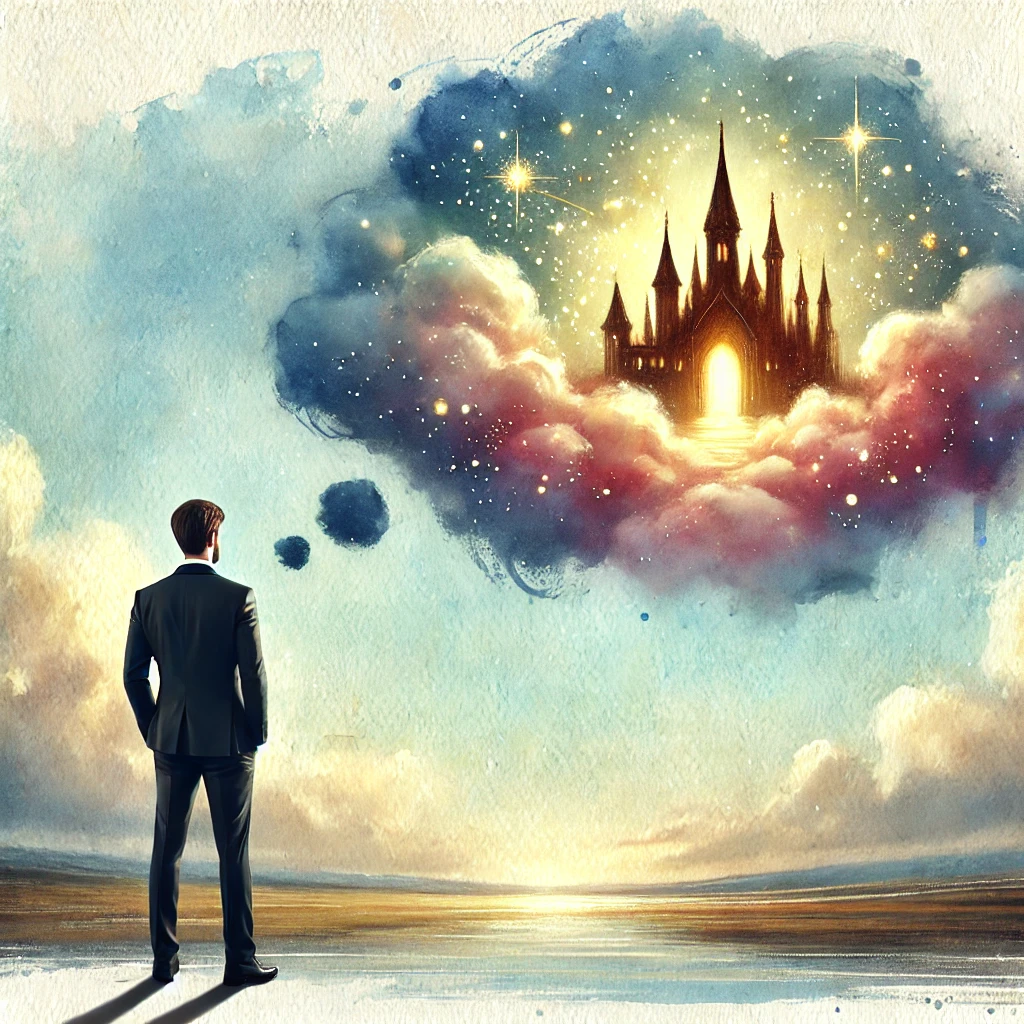
Walt Disney once said, “If you can dream it, you can do it.” Another of his famous quotes is, “It’s kind of fun to do the impossible.” These aren’t just catchy phrases meant to inspire—they are a window into how he saw the world. Disney didn’t just have dreams; he had a vision—a projected potential reality of the future that he worked relentlessly to bring to life.
The Difference Between a Dream and a Vision
Dreams are fleeting. They are wishful thoughts, momentary sparks of imagination. A vision, on the other hand, is something entirely different. Vision is focused. It’s seeing not just what could be, but what will be when action and determination are applied.
Disney wasn’t just a dreamer; he was a visionary. He imagined things that seemed impossible at the time—a mouse that could talk and entertain millions, an amusement park where people of all ages could step into a world of fantasy, an entire city of the future (EPCOT) designed to push the boundaries of innovation. Each of these started as an idea, but through belief and execution, they became reality.
Seeing What Others Can’t
When Disney proposed the idea of Disneyland, investors, banks, and even those closest to him thought it was absurd. A theme park with immersive lands, clean streets, and employees dedicated to creating an unforgettable experience? The amusement parks of the time were dirty, uninspired, and catered mainly to kids. But Disney saw a reality others couldn’t grasp.
He projected his vision so clearly that he could walk through Disneyland in his mind long before the first brick was laid. He knew what it would feel like, smell like, and sound like. His belief in this vision turned skeptics into believers, and eventually, the world saw what he had seen all along.
The Power of Imagery in Vision
One of Disney’s most remarkable skills was his ability to paint vivid images with his words and his work. He used animation, storytelling, and theme park design to craft experiences that connected with people on an emotional level. But more than that, he used imagery to project his own future.
He once stood in a swamp in Florida and told those around him, “Here is where we’ll build EPCOT.” There was nothing there—just land, mosquitoes, and skepticism. But Disney saw something completely different. He saw the finished product before anyone else did. That’s what true vision is—the ability to project the potential reality so clearly that it begins to take on a life of its own.
How to Apply Disney’s Visionary Mindset to Your Own Life
- Define Your Future Reality – Don’t just dream of success, visualize what it looks like. How does it feel? What does it require? What steps will you take?
- Embrace the Impossible – If your vision doesn’t seem a little crazy to others, you might not be thinking big enough.
- Stay Unshakable in Your Belief – Visionaries face doubt, setbacks, and resistance. But those who see it through are the ones who change the game.
- Use Imagery to Make It Real – Whether it’s journaling, mood boards, or mental rehearsal, immerse yourself in your vision until it feels tangible.
Final Thoughts
Walt Disney didn’t just inspire generations; he showed us the difference between dreaming and seeing a new future. He didn’t let the impossible stop him—instead, he made it fun. Vision isn’t about waiting for the perfect moment; it’s about seeing the moment before it exists and bringing it to life.
So the question is—what future do you see? And more importantly, what will you do to make it real?
